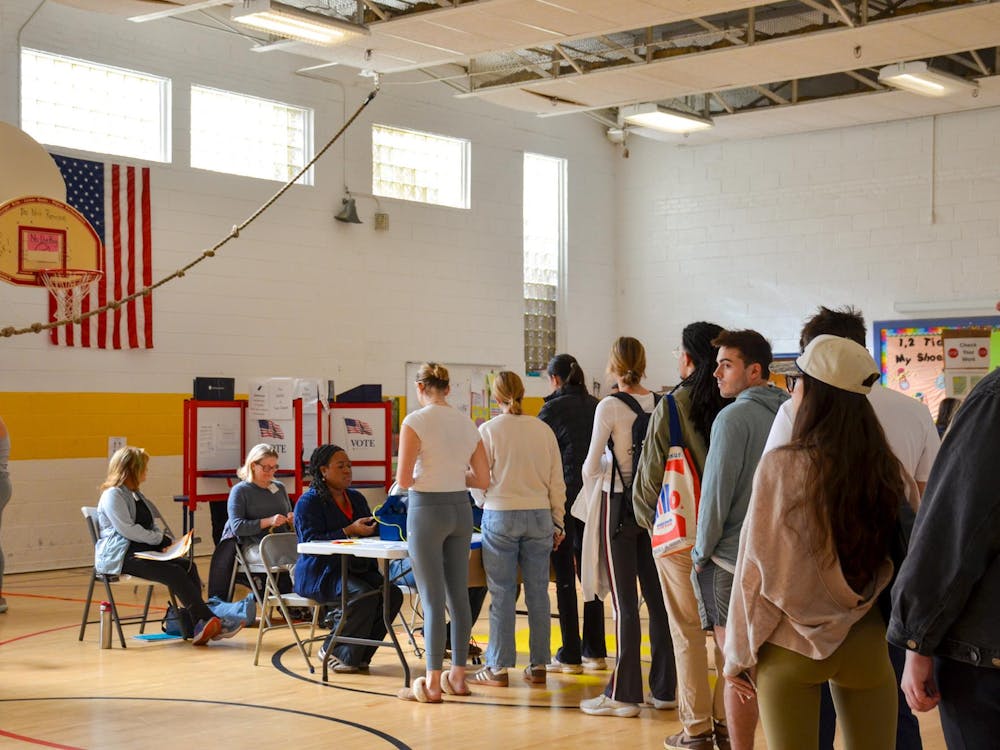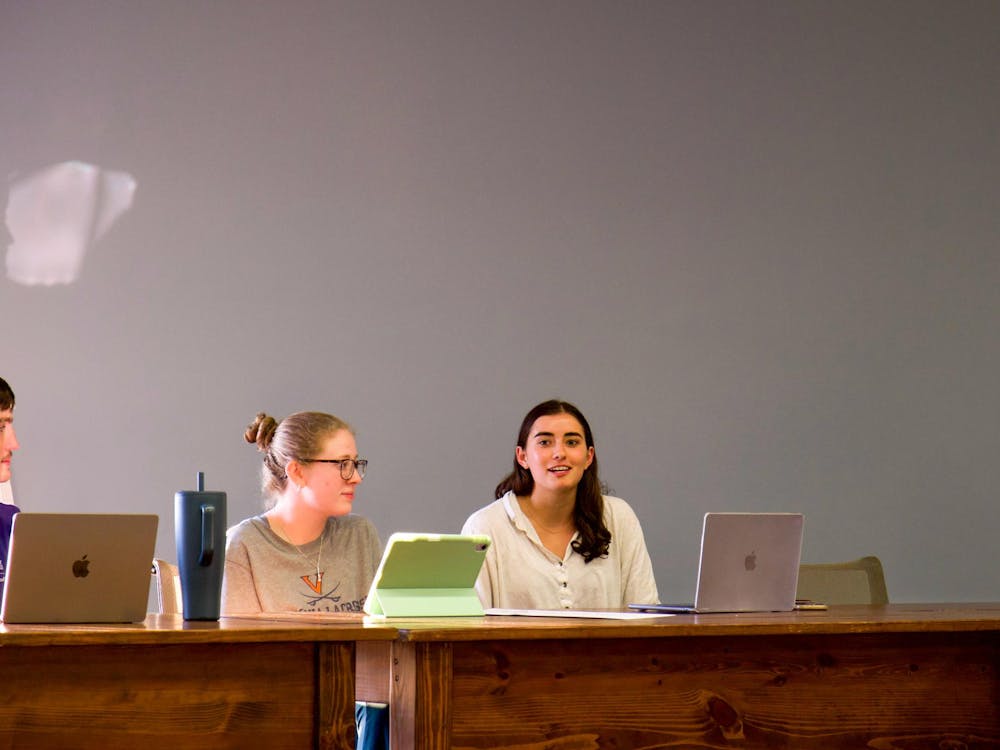McCain-Palin. Obama-Biden. Nader-Gonzalez?
Perhaps to the surprise of some, there are four campaigns aside from the Democratic and Republican ones vying for the White House this November. These campaigns are working to elect candidates — sometimes referred to as “third-party candidates” — who do not associate themselves with either the Democratic or Republican parties.
Among these third-party presidential candidates are independent Ralph Nader, Cynthia McKinney of the Green party — who, according to her Web site wants equal pay, an end to the war on drugs, a decrease in militarism and better environmental protection policies — and Bob Barr of the Libertarian Party, whose Web site states his campaign stands for reducing government spending, allowing more privacy for individuals and developing more consumer-oriented health care. Chuck Baldwin of the Constitution party is also running in the upcoming election; his Web site states that his main platform goals include maintaining personal freedom for all Americans, allowing Americans to choose their own health care and preserving of America as an independent nation. Calls to the Green party, Constitution party and Libertarian party were not returned as of press time, but The Cavalier Daily was able to speak with a representative from Nader’s campaign.
Ashley Sanders, the youth spokesperson for the Ralph Nader campaign, said among the most important parts of Nader’s platform are single-payer health care, cutting the military budget, complete corporate and military withdrawal from Iraq, a green infrastructure and a “crackdown on corporate crime” on Wall Street.
On Grounds, some students, such as third-year College student Eric Montgomery, have identified themselves as supporting the idea of having third-party candidates in the November election.
Montgomery said although he does not believe a third-party candidate will win a presidential election anytime soon, he does think their campaigns are important because they give voters more options.
“I feel that when a third-party candidate runs and gives voters the option beyond the Democrat and Republican, it allows voters to make it clear that they are not happy with the two main choices,” Montgomery said.
Sanders also noted that many people who cast ballots for third-party candidates are displaying their dissatisfaction with the two main political parties.
“Most people who vote for third parties are so frustrated with two-party politics that they would register a protest vote by staying home [instead of voting for another candidate],” Sanders said.
Overall, Montgomery said while he has not seen a “huge presence” of third-party student support on Grounds, he does know of a few students who have aligned themselves with third-party candidates.
“There are at least a few people I know that would probably identify themselves as Libertarian and a decent number of people who would probably have voted for Ron Paul [who now] will probably vote for Obama or McCain since [Paul is not on the Republican ticket],” Montgomery said.
Dan Keyserling, deputy director of communications at the University Center for Politics and former executive editor of The Cavalier Daily, said he too, has not seen much of a third-party support presence on Grounds.
“I think it reflects their prominence on the national scene too,” Keyserling said, regarding the limited presence he has seen of third-party supporters at the University. “Unlike several presidential elections in the past, this year, third-party candidates have been almost completely marginalized.”
Keyserling added that he does not believe the third-party candidates will have much of an effect on the election or on taking votes away from Obama or McCain.
“In a lot of states they are not even on the ballot,” Keyserling said. “I don’t think you’re going to see an measurable impact from third-party candidates this year.”






